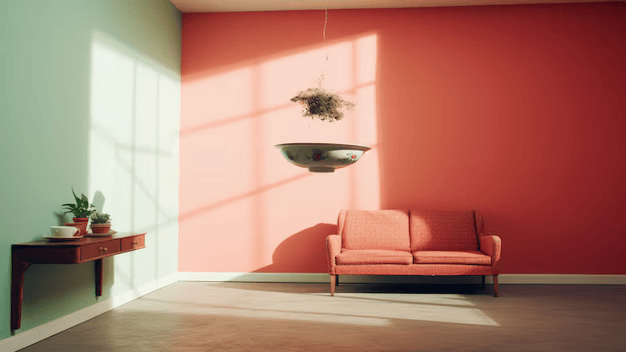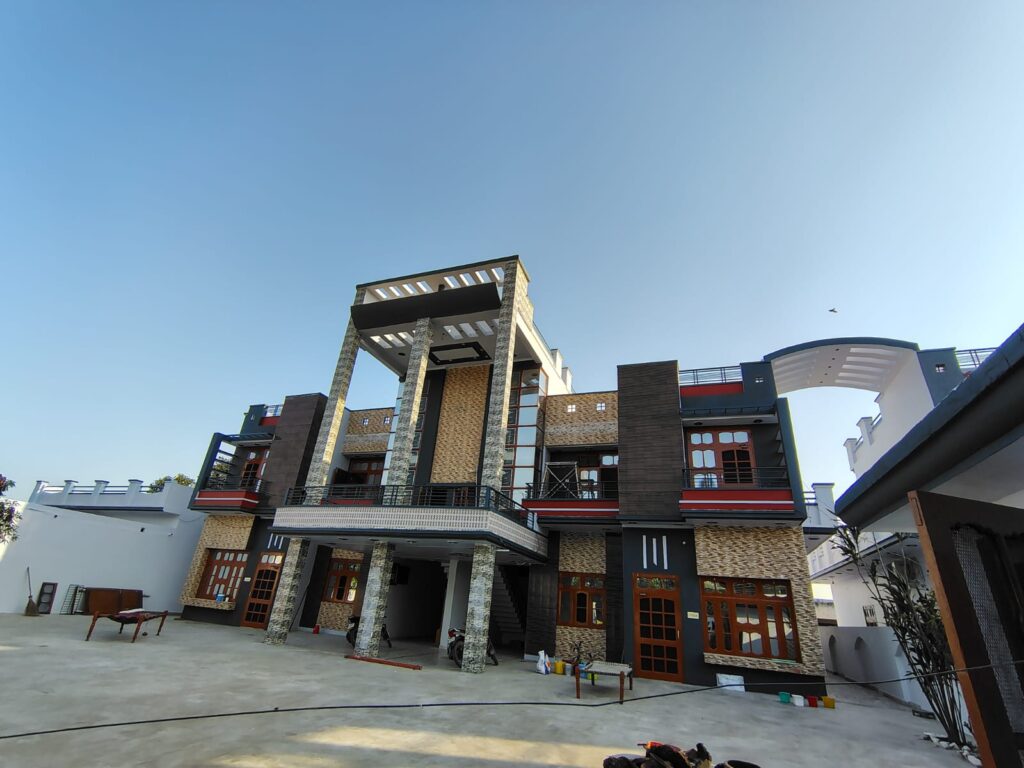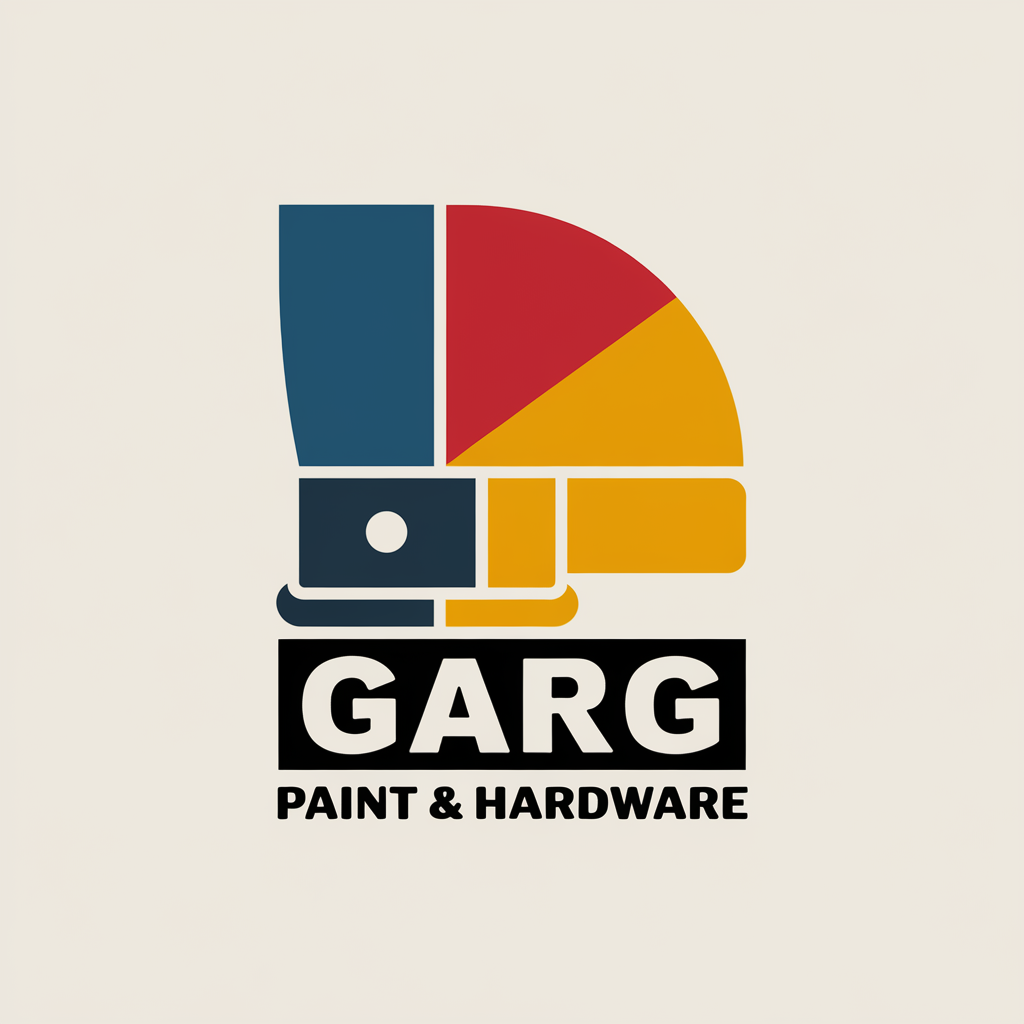Which paint is Best for your Home in 2025?
Introduction
When you talk of changing a house from outside, paint is the first thing that comes to mind. Beautiful and stylish homes are often a dream for every person, and the right paint finish adds to the spirit of such wishes. However, the biggest question arises when deciding which paint is best for your home.
There are brands available in the market, such as Berger, Asian, JSW, Nerolac, etc. Each brand has its specialty and benefits. This blog will tell you which paint and finish are best for different rooms so your home will have a shiny and calming look.
Let’s give you some tips for interior and exterior paint so that you can make better choices for your home.

Some Tips for Interior and Exterior Paint
1. Spot the Area on the Wall Paintable
Interior Walls: Living rooms, bedrooms, kitchens, and bathrooms are types to paint. Each area has its requirements based on how it is used.
Exterior Walls: They need to be painted on the outside to endure rain, sunshine, and moisture.
2. Different types of paint
Interior types:
- Acrylic emulsion: smooth finish, washable, and low VOC.
- Distemper: cheap in lesser-used areas.
- Enamel paint: primarily used in kitchens and bathrooms because it is moisture resistant.
Exterior types:
- An exterior emulsion is more UV-protective and dust and rain-resistant.
- Textured coatings add style and protect walls.
3. According to the Climate-
An Environment
- A person dwelling in a wet area should select waterproof paints for the outside.
- Meanwhile, homes located in warm and sunny areas are best suited for UV-resistant paints, ensuring protection from fading effects
4. Select the Color Scheme
- Light colors give a spacious and bright feeling to rooms.
- Use contrasting colors for an accent wall to create a point of interest.
- For exteriors, keep neutral or earthy tones to create a timeless look.
How to test paint?
Before painting a wall, try it on a small area. This will give you an idea of how it looks in different lighting conditions.
5. Maintain your Paint Walls
- Use a soft cloth or sponge to clean your walls occasionally to keep the paint finish on them looking good.
- You need to inspect the exterior walls regularly for signs of wear and/or damage.
6. Evaluate the Budget
- Expensive paints are at the beginning end but are durable in the long run, which means there will be fewer maintenance expenses.
- Pick a product that has a cheap factor, is of the best quality, and is large for usage.
7. Plan the Application Process
- Ensure walls are wiped clean and primed earlier than painting for higher adhesion.
- Hire specialists if you’re uncertain about the application process.

8. Apply UV protective coatings
Surface Preparation:
- You must clean the surface so that dirt, grease, or dust particles are completely wiped away.
- Lightly sand the surface to promote the bond of the coating.
- Eliminated all sanding dust with a clean cloth.
Select your proper coating:
- Use the UV-protective coating for a particular surface (marine varnish for wooden surfaces, or automotive clear for a coat for painted finishes).
Drying and Coating:
- Each coat should be completely dry (per product instructions) before applying additional layers.
- Apply at least two or three coats for maximum UV protection.
Maintenance:
- Periodical inspection of the surface; reapply coating as necessary to maintain protection.
9. Hire professional painters
Define Your Project Needs
- Decide what you need painted (interior, exterior, furniture, etc.).
- Identify any special requirements (e.g., textured surfaces, UV protection, or eco-friendly paints).
Research Local Painters
- Search for painters online or ask for recommendations from family, friends, or colleagues.
- Look closely at the companies that have good ratings on Google, etc.
10. Ask Questions
- Inquires about the type of paint they use and their process.
- The other things you want to ask are the timeline, the payment method, and the warranties.
Supervise the work
- Then, oversee the progress to ensure quality and conformity to the plan.
11. Inspect and approve
- Do a final inspection of the work done to make the final payment.
- It is your right to see that no areas are left dirty or with drips or imperfections.
Conclusion
Selecting the right paint for your home is important in enhancing the beauty and protecting your structure. By understanding the types of paint, finishes, and colors and considering factors such as weather, finishes, and maintenance, you can make informed decisions that suit your needs. High-quality paint improves the interior and exterior beauty and guarantees long-term durability and value.
With proper planning and the right choices, your home can reflect your style while remaining vibrant and well-preserved for many years.
